Closing the Digital Divide in Puerto Rico
Many communities outside metropolitan areas of Puerto Rico lack access to fixed and mobile broadband services as well as infrastructure connecting them to other basic utilities such as water and power. After destructive hurricanes, earthquakes, and the COVID-19 pandemic, Puerto Rico’s rural communities are particularly isolated and vulnerable, and need resilient infrastructure investments.
Leveraging Data to Understand the Digital Divide
Data on broadband availability and adoption comes from disparate sources and available broadband data mapping tools that combine source data are designed more for data scientists than for the general public. In addition, until recently, the most-utilized source of public of information about broadband availability was based on the FCC’s Form 477 through which Internet service providers reported on geographies where they could provider service. Decision-makers seeking to understand and target resources to address the greatest areas of digital divide were left with limited visibility.
Vermont Internet for All Planning
In April 2023, Vernonburg Group was selected from a number of bidders to work with the State of Vermont, specifically the Vermont Community Broadband Board (VCBB), on their plans to achieve universal broadband availability and to improve digital equity for all Vermonters. This includes their DEA Digital Equity Plan, as well as their BEAD Five-Year Action Plan and Initial Proposal.
Supporting Policymakers in Implementing Digital Equity Programs
The handbook documents how: 1) the broadband adoption gap is far greater than broadband availability gap; 2) broadband availability and adoption are lower across the U.S. in locations with higher rates of poverty; and 3) lower broadband and device adoption rates persist among residents of rural areas, communities with low rates of literacy and digital skills, aging individuals, persons with disabilities, and certain minority groups. Importantly, national statistics do not tell the whole story.
















